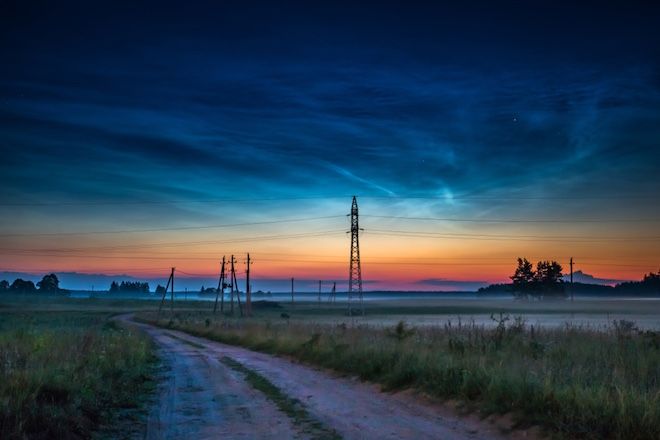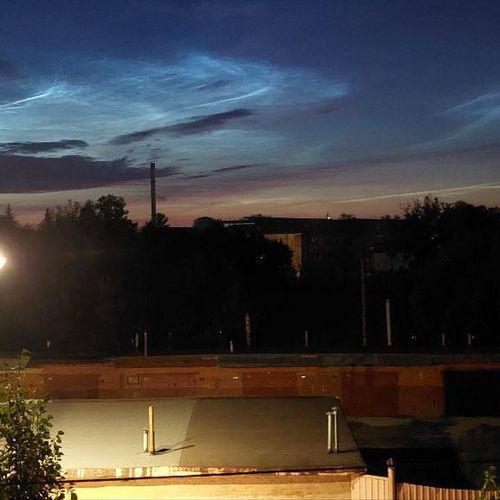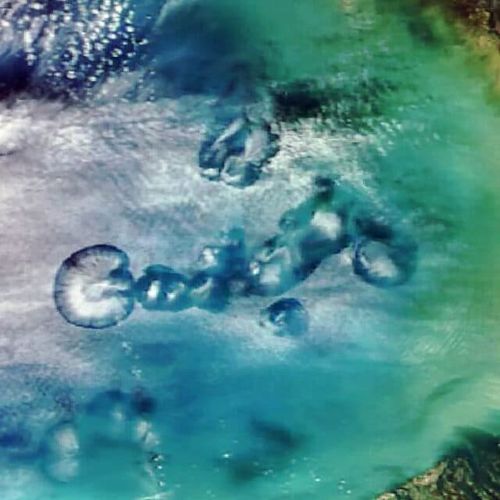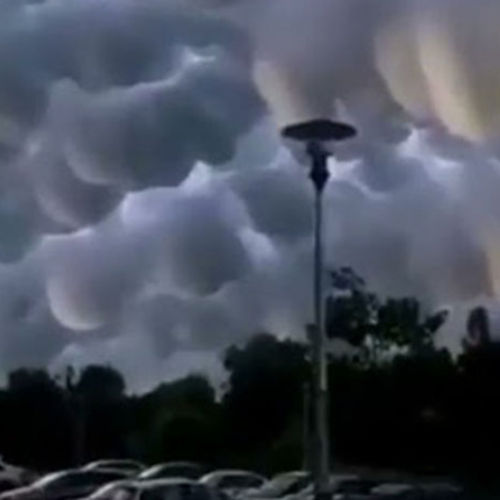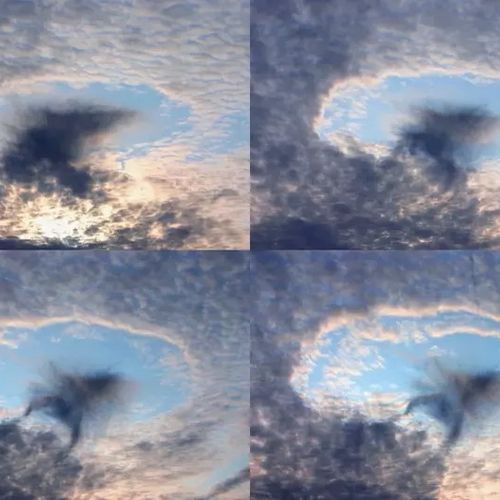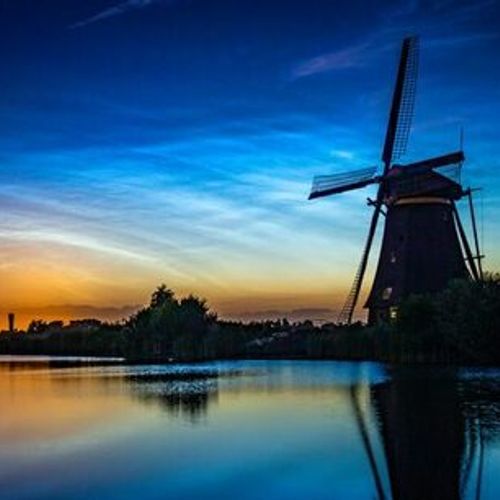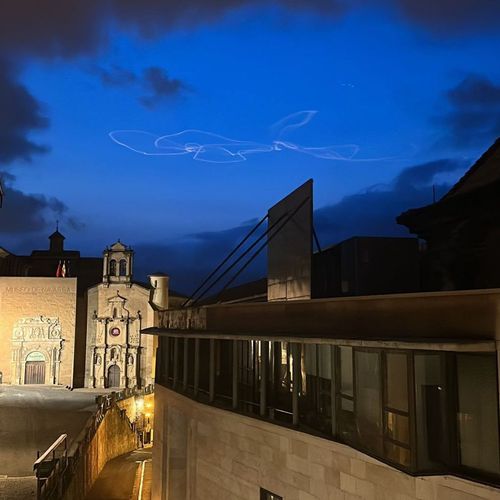
| Added | Sat, 02/06/2018 |
| Источники | |
| Дата публикации | Fri, 01/06/2018
|
| Версии |
Satellite AIM — all-seeing guide to the magical world of luminous night clouds — may 29, recorded the first noctilucent clouds in the European sector of the Arctic. Naturally right after that cloud noticed on the Ground — first in Scotland (30 may), then in Denmark (31 may). Thus, the season of noctilucent clouds is open!
Noctilucent clouds are the highest and the coldest of all the clouds. They are formed high in the mesosphere at a temperature of -140 and below. Situated at a height of 70-90 km, they are illuminated from below by the sun and thus acquire unique silver glow, which arises due to scattering of light in tiny ice crystals with a size of 6 microns.
The conditions for their observation are formed in late spring ― early summer. This is due to the combination of astronomical, atmospheric and geographical factors.
In this period, the sun sinks to a minimum depth over the horizon. Its rays illuminate from below the upper atmosphere, resulting in the twilight segment of the sky remains bright, while the rest of the sky is plunged into darkness.
To see noctilucent clouds can only be in the mid-latitudes between 43° and 60°, in the twilight, in 30-60 minutes after sunset and 30 to 60 minutes before sunrise. At this time the sun is at a depth of 6—16º below the horizon and illuminates from below the upper atmosphere. With noctilucent clouds is difficult to make a mistake ― either they have it or they not.
The brightest clouds are in the form of thin silver stripes, whirls or scallops. However, their optical density is so small that using a silver "spider web" can be easily seen bright stars. Other — tropospheric clouds — look dark spots, as they are located below and are not illuminated by the solar rays.
Translated by «Yandex.Translator»
© Lukas Jonaitis | Shutterstock
Translated by «Yandex.Translator»
Новости со схожими версиями
Log in or register to post comments
